Travel changes everything, but time changes places even more. Technology, climate, and human innovation are shaping the destinations we know today faster than ever. Some changes might make you want to pack your bags now, while others are wake-up calls about our changing world.
Ready for a peek into the future of travel? Let’s explore some familiar places that will look very different when 2035 rolls around. The changes happening at these destinations might surprise you – some for better, some for worse, but all fascinating.
Venice, Italy

The floating city is taking drastic steps to stay above water. New flood barriers and innovative floating platforms are changing how Venice looks and operates.
The famous St. Mark’s Square now has a permanent elevated walkway system, while many ground floors of historic buildings have been converted into water-resistant spaces. Local engineers are even testing underwater supports that rise with the tides.
Dubai Marina, UAE
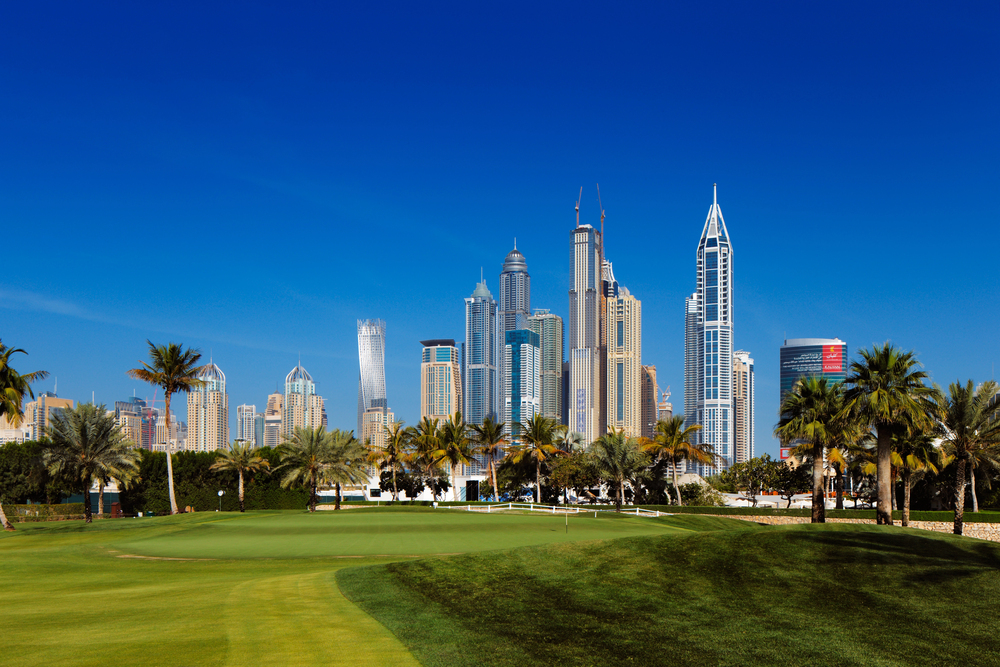
This already futuristic neighborhood is becoming the world’s first fully automated district. Self-driving water taxis zip through the canals, while climate-controlled skyways connect buildings at every level.
The marina’s famous Walk has transformed into a smart corridor where augmented reality guides enhance every step. Even the buildings adapt to the weather, with smart facades that shift to manage desert heat.
Like Travel Pug’s content? Follow us on MSN.
Great Barrier Reef, Australia
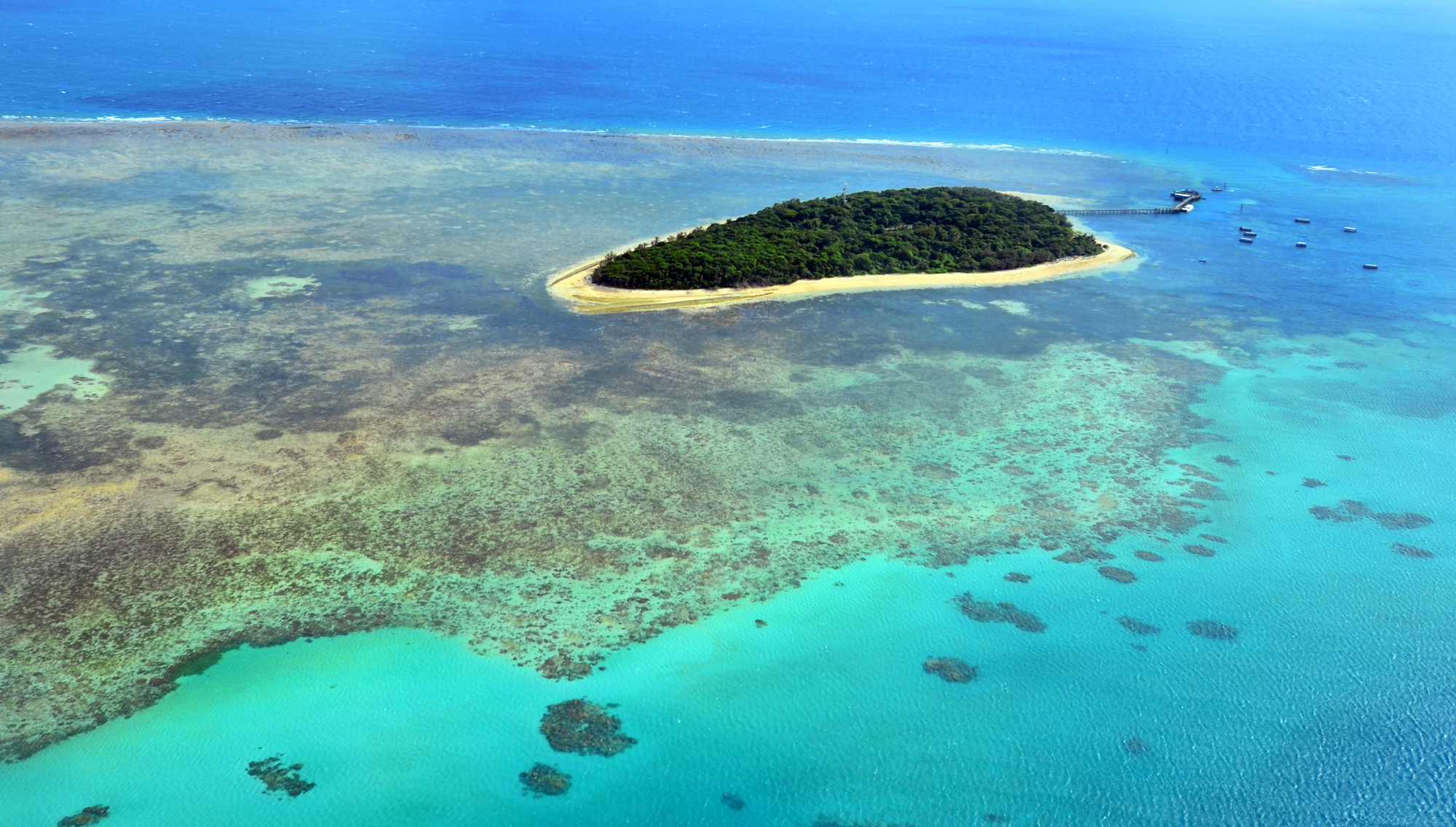
Marine scientists have transformed large sections of the reef into carefully managed underwater sanctuaries. Artificial coral structures now support recovering natural reef systems while floating research stations monitor every change.
Unique tourist submarines offer views of the natural reef and the new bioengineered sections that help protect marine life.
Shibuya Crossing, Tokyo, Japan
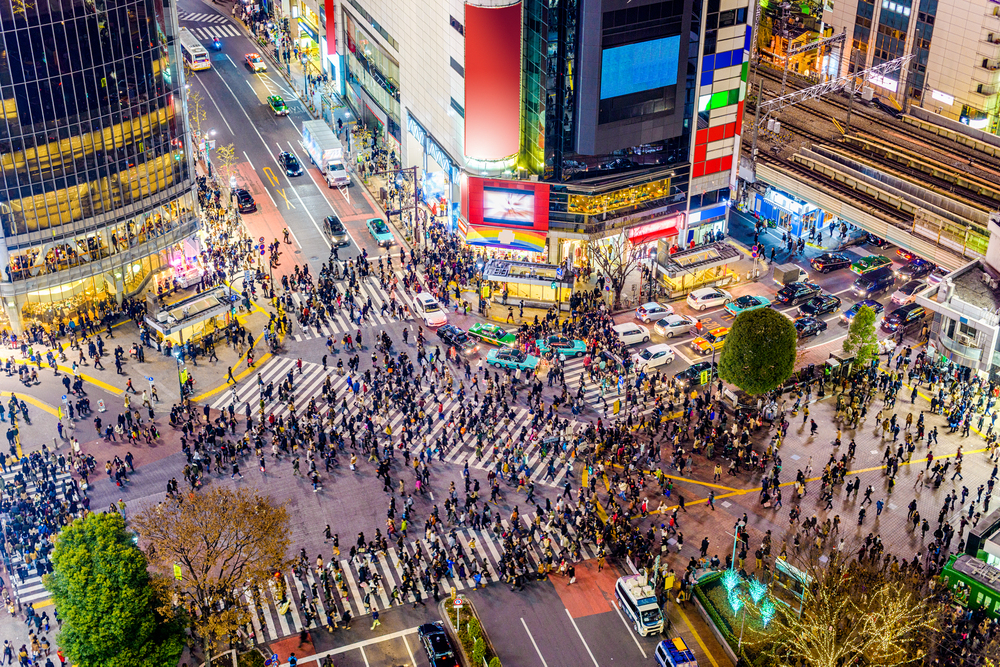
The world’s busiest intersection has evolved into an open-air digital art space. Smart pavement displays guide pedestrians while projecting moving art pieces during crossings.
The famous surrounding screens now interact with pedestrians’ phones, creating personalized advertising experiences. Underground, a new cooling system keeps summer temperatures comfortable at street level.
Machu Picchu, Peru
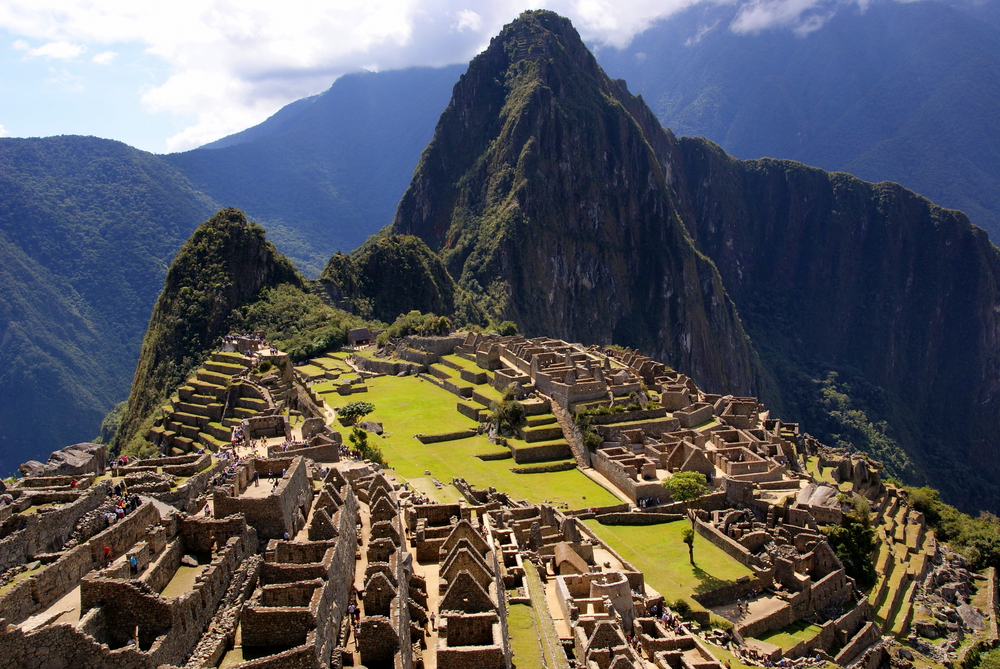
The ancient Incan city has strict visitor management systems. New suspended walkways protect the ruins from foot traffic, while virtual reality stations let visitors see the site as it looked 500 years ago.
The nearby town of Aguas Calientes has transformed into a model of sustainable tourism, with electric trains and zero-waste hotels.
Like Travel Pug’s content? Follow us on MSN.
Santorini, Greece
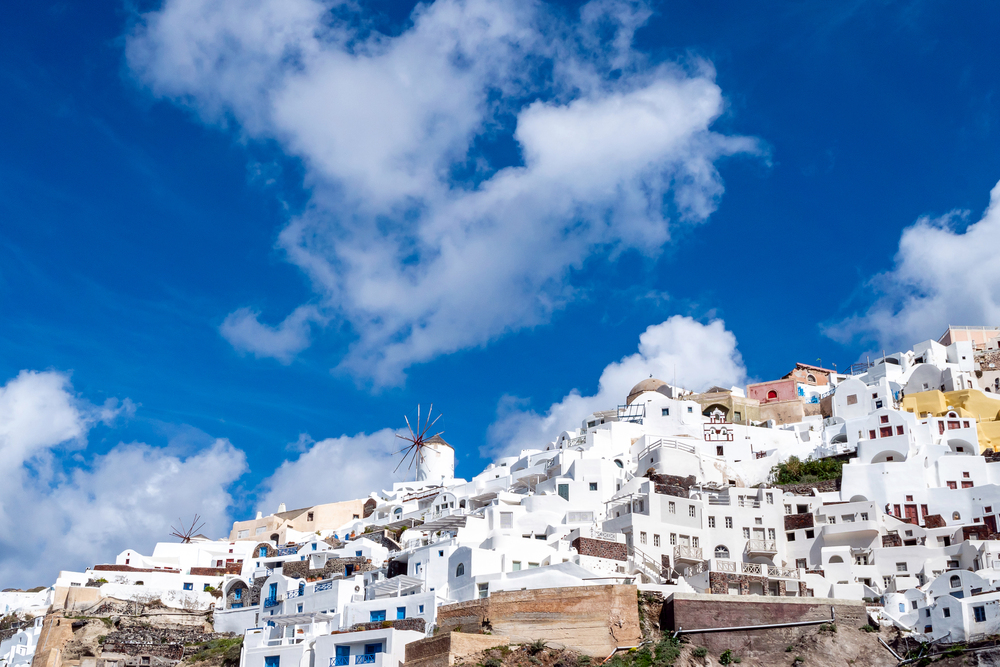
The white-washed island has become a pioneer in sustainable tourism. Solar roads power the island, while new buildings must follow strict traditional design codes.
The famous blue domes now collect rainwater for the island’s use, and cruise ships dock at floating ports to protect the caldera. Smart crowd management systems help maintain the island’s charm without overwhelming it.
Times Square, New York, USA
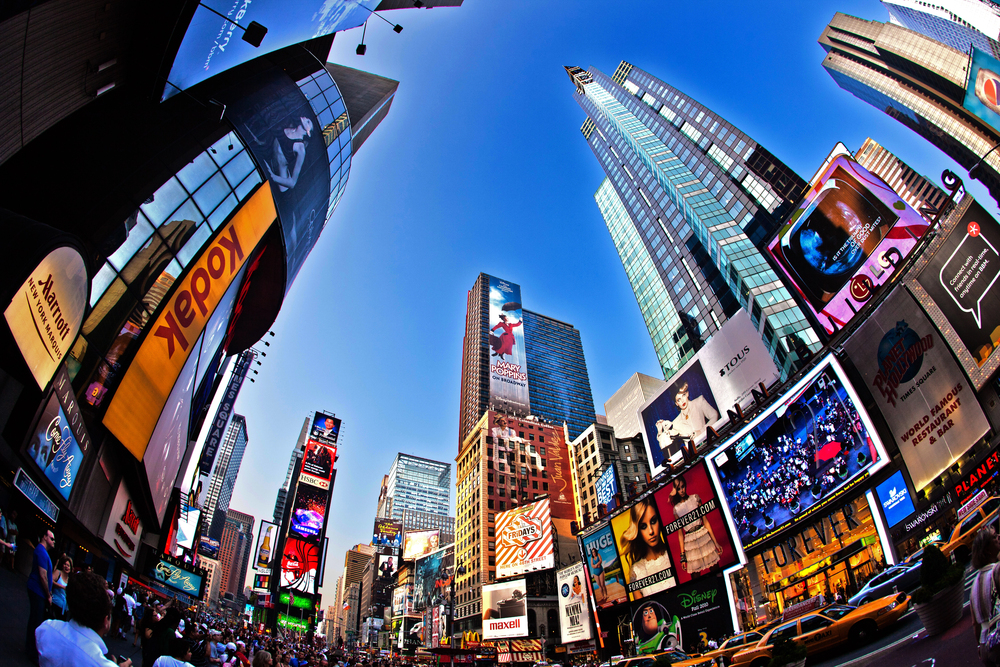
The iconic intersection has transformed into a vertical garden city. Green walls cover buildings, while elevated parks connect rooftops.
The famous billboards now use clean energy and function as air purifiers. Street-level spaces focus on pedestrians, with underground levels handling deliveries and transportation.
Maldives, Indian Ocean

These islands have become showcases for climate adaptation. Floating neighborhoods extend from natural islands, while artificial reefs protect shorelines.
New elevated structures house hotels and homes designed to rise with sea levels. Underwater restaurants and hotels have become common features rather than novelties.
Like Travel Pug’s content? Follow us on MSN.
Bruges, Belgium
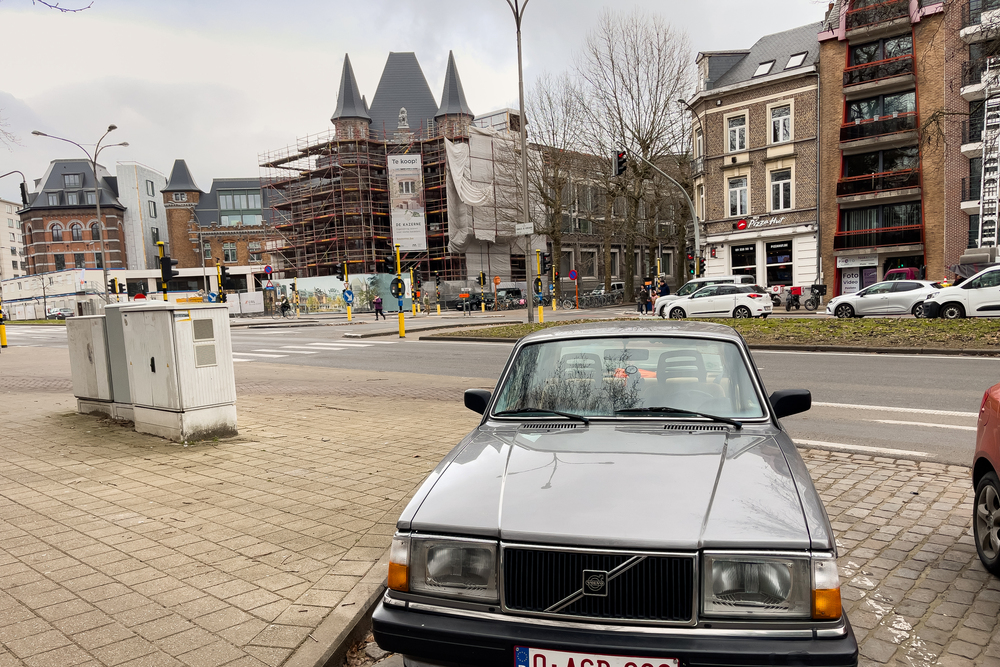
The medieval city has merged old-world charm with cutting-edge preservation technology. Historic buildings now have sophisticated foundation systems that protect them from changing ground conditions.
The canals have new lock systems that manage water levels precisely, while hidden solar tiles power the city without disrupting its historic appearance.
Amazon Rainforest, Brazil

Large sections of the rainforest have become controlled conservation zones. Elevated walkways let visitors explore without impacting the ground, while research stations monitor recovery in previously damaged areas.
Indigenous communities manage vast territories using traditional methods combined with modern technology.
Petra, Jordan

The ancient city has new protection systems against erosion and weather damage. Special canopies shield the most vulnerable structures, while water management systems prevent flash flood damage.
Virtual reality centers let visitors explore restricted areas without causing physical impact. The surrounding desert has smart barriers that prevent sand encroachment.
Like Travel Pug’s content? Follow us on MSN.
Reykjavik, Iceland
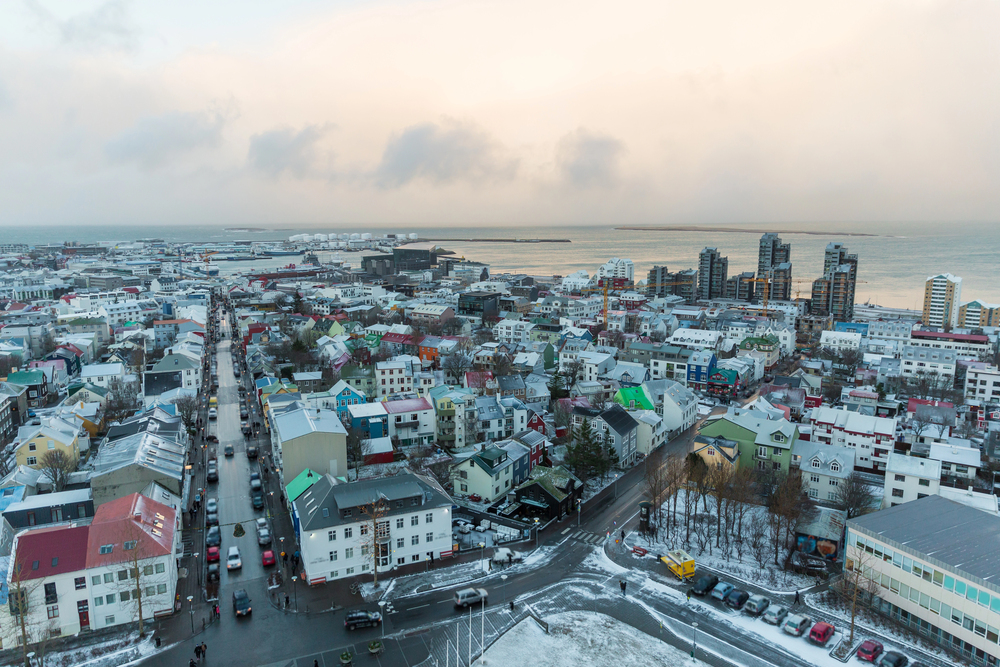
The city has become a zero-emission capital. Geothermal energy powers everything, while new buildings capture and use volcanic heat.
The harbor area now floats on the water, rising and falling with sea levels. Winter tourism has changed completely as warming temperatures force new approaches to traditional ice and snow activities.
Angkor Wat, Cambodia

The temple complex uses advanced preservation techniques to protect its structures. New pathways safely distribute visitor weight, while moisture control systems protect ancient stones.
Surrounding forests have become managed ecosystems, with careful monitoring of water levels and tree health to protect temple foundations.
Cape Town, South Africa

The city has revolutionized its water management systems. Every building captures rain and processes water while smart systems monitor usage.
The famous waterfront has floating extensions that rise with the tides, and Table Mountain’s trails now include climate-controlled rest stations.
Like Travel Pug’s content? Follow us on MSN.
Galapagos Islands, Ecuador
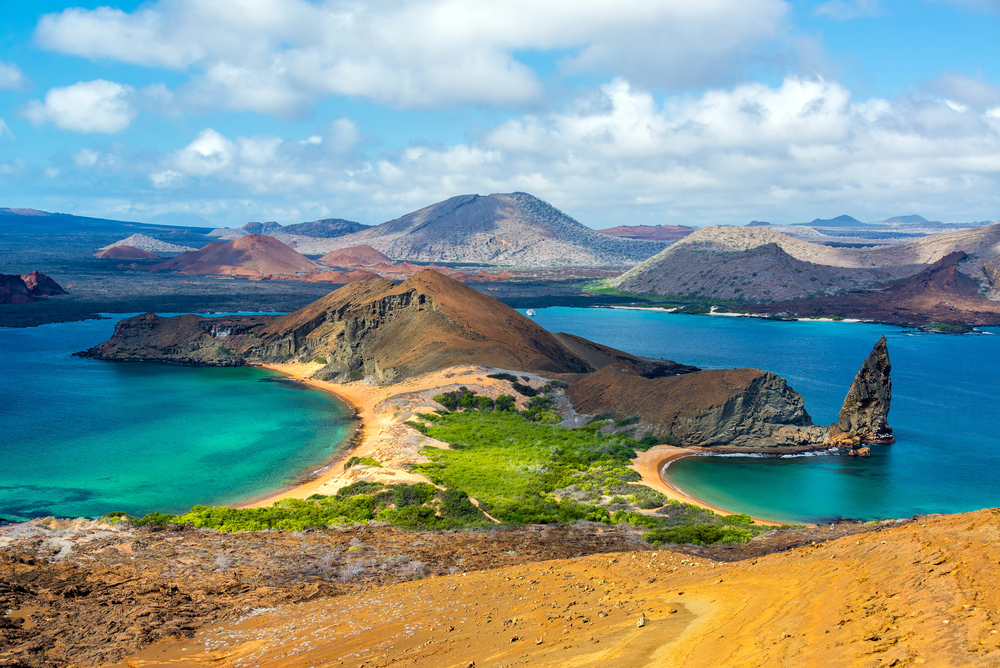
These famous islands have become living laboratories for conservation. New marine protected areas use autonomous monitoring systems, while breeding programs help endangered species recover.
Tourist numbers are strictly controlled through a smart booking system, and most vehicles on the islands are now electric or solar-powered.
Amsterdam, Netherlands

The Dutch capital has expanded its famous canal system with modern floating neighborhoods. New types of houseboats generate their power and process their waste.
The historic center uses sophisticated pumping systems to manage groundwater levels, while bicycle highways now connect all parts of the city above ground level.
Mount Fuji, Japan
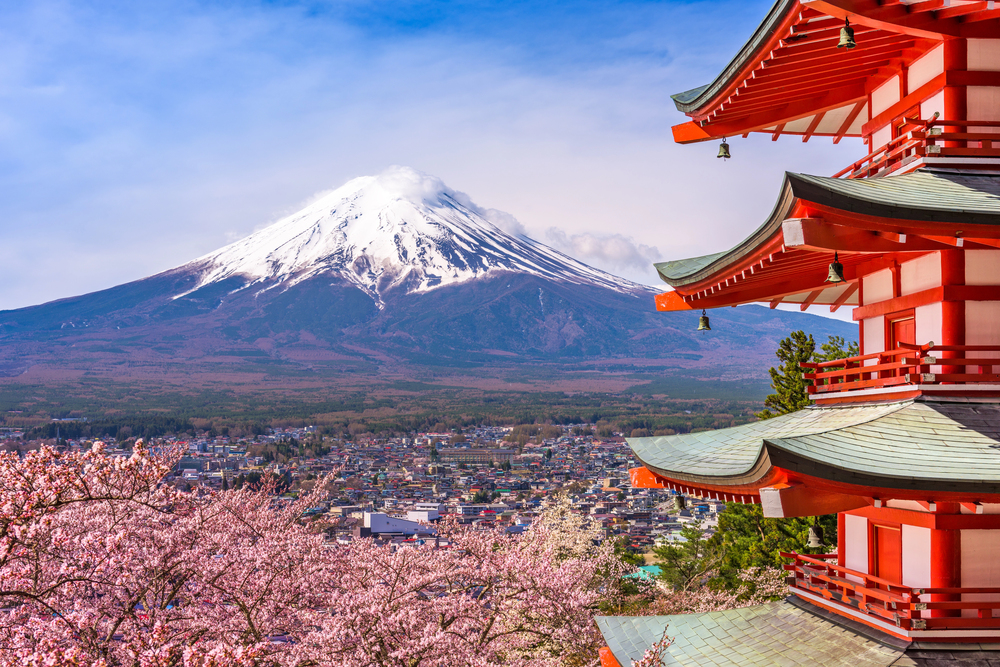
The sacred mountain has new climbing routes that protect its slopes from erosion. Smart weather stations guide climber traffic, while rest stations use advanced waste management systems.
The fifth station has become an environmental research center, monitoring changes in alpine ecosystems and weather patterns.
Like Travel Pug’s content? Follow us on MSN.
Great Wall, China
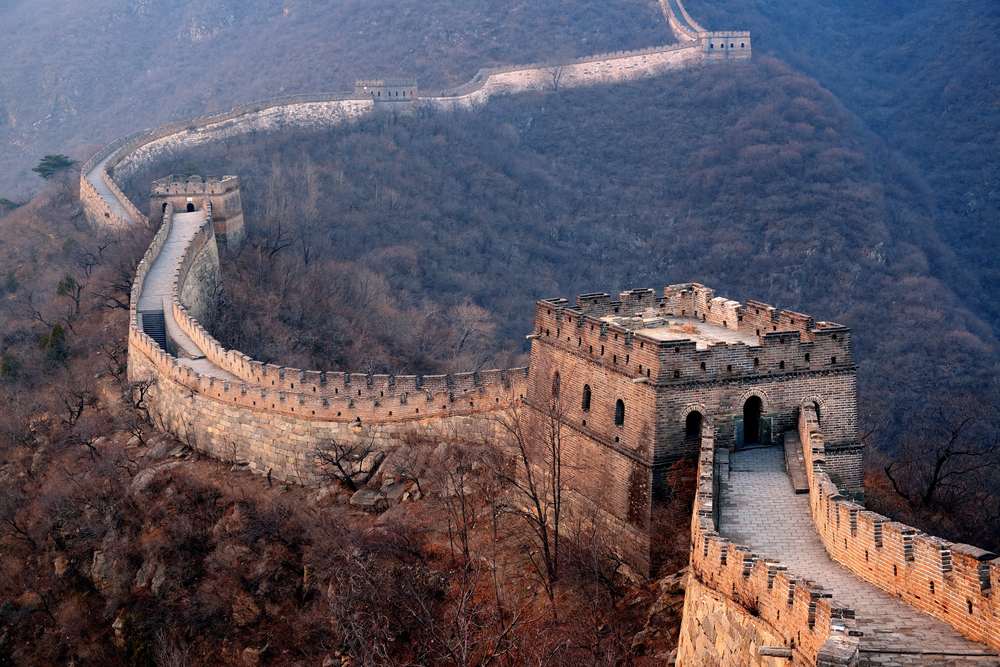
The ancient wonder has new sections of transparent walkways allowing views of the original structure below. Advanced weather protection systems shield vulnerable areas, while smart crowd management prevents damage to popular sections.
Restored watchtowers now serve as climate and pollution monitoring stations.
Venice Beach, California, USA
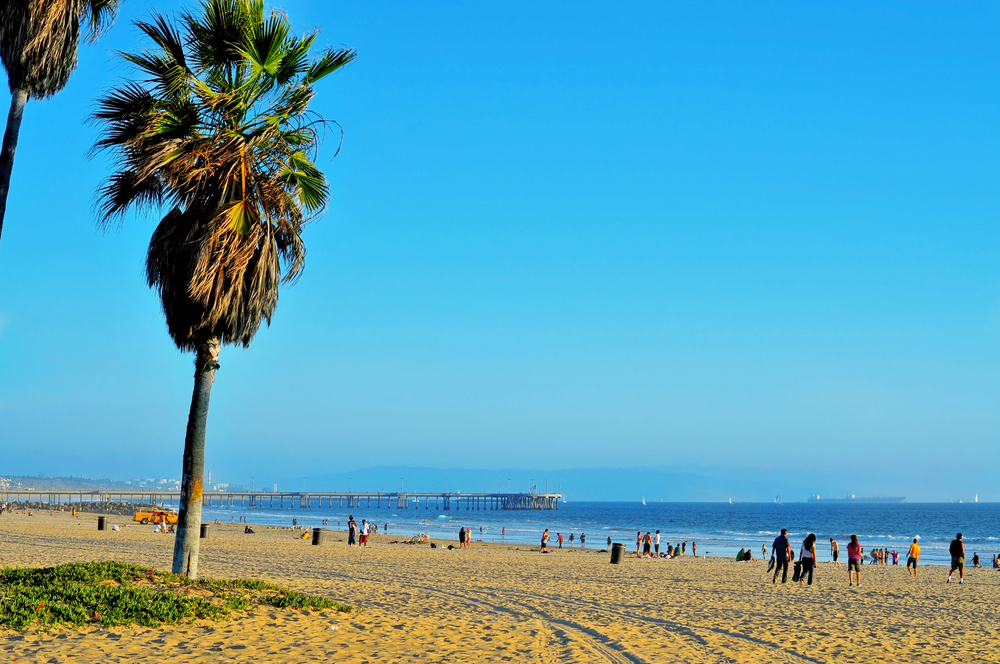
The famous boardwalk has been redesigned to handle rising sea levels. New floating sections rise with the tides, while the muscle beach area has moved to an elevated platform.
Smart shading systems protect visitors from extreme heat, and the beach has new barriers to prevent erosion.
Sahara Desert, Morocco

The desert edge has become home to massive solar farms and experimental climate control stations. New types of barriers slow desert expansion, while research centers study drought-resistant agriculture.
Tourist facilities now include climate-controlled biodomes that showcase desert life and conservation efforts.
Like Travel Pug’s content? Follow us on MSN.
Tomorrow’s Treasures

These changes show us how places adapt and evolve, sometimes by choice and necessity. The destinations we love are finding new ways to survive and thrive, mixing tradition with innovation to face future challenges.
What’s most interesting is how these changes reflect our evolution as travelers and caretakers of these special places. While some familiar sights may fade, new wonders are emerging that tell the continuing story of our world and our relationship with it.
More from Travel Pug

- 15 Dangerous European Cities to Avoid
- 15 Caribbean Islands Where Tourists Keep Getting Scammed
- The 20 Most Fascinating Abandoned Places: A Journey Through Time and Forgotten Spaces
- 15 Hidden Places in the Smithsonian Museums Locals Love: A Guide to Lesser-Known Treasures
- 16 Hidden Florida Beach Towns That Aren’t Overrun with Tourists
Like Travel Pug’s content? Follow us on MSN.
